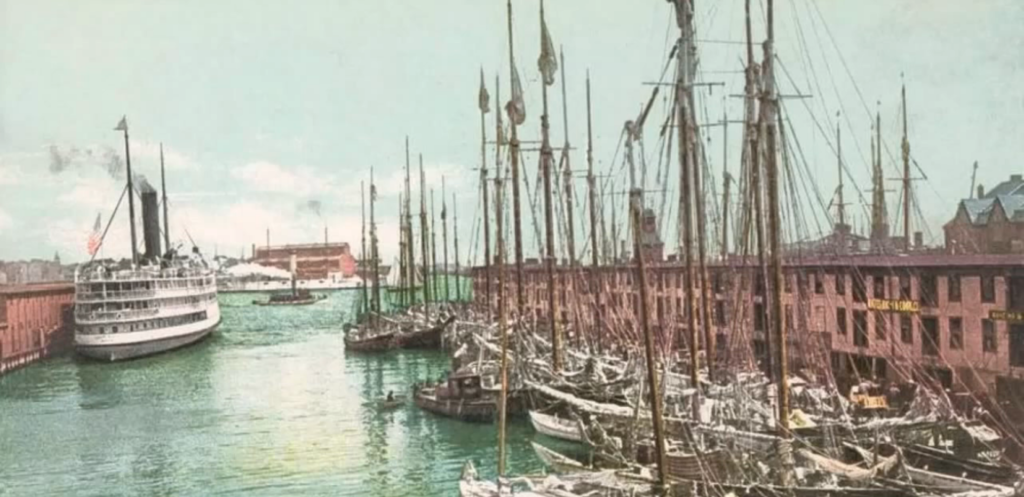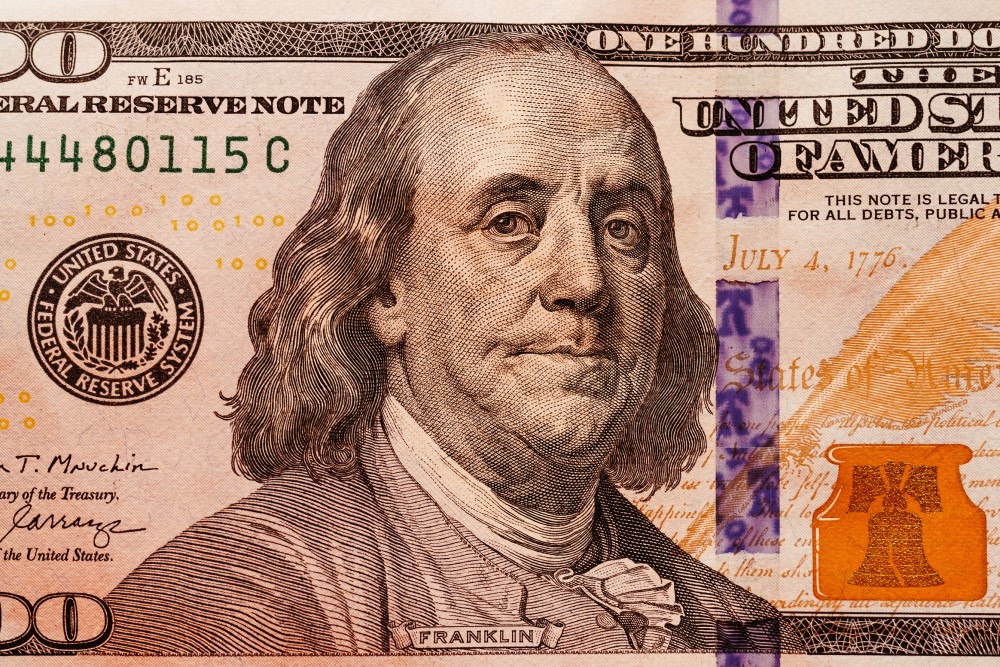Fenway Park, nestled in the heart of Boston, Massachusetts, stands as a revered monument in the world of baseball. As the oldest ballpark in Major League Baseball, Fenway Park has witnessed countless legendary moments, making it a sacred ground for fans and athletes alike. For baseball fanatics and sports enthusiasts, the Fenway Park Tour is an unparalleled experience, offering a unique glimpse into the rich history and cherished traditions of America’s favorite pastime.
A Historic Icon
Built in 1912, Fenway Park has stood the test of time, holding an indelible place in baseball history. With its iconic “Green Monster” wall in left field, the intimate atmosphere, and the unmistakable smell of popcorn and hot dogs, the stadium exudes an aura of nostalgia that captivates visitors from all walks of life.
The tour commences with a journey through the hallowed halls, revealing a treasure trove of memorabilia that showcases the storied legacy of the Boston Red Sox. From vintage jerseys and baseballs signed by legends like Babe Ruth and Ted Williams to World Series trophies and championship rings, the Fenway Park Tour takes enthusiasts on a captivating stroll through baseball history.
Behind the Scenes
One of the highlights of the Fenway Park Tour is the exclusive access to areas typically reserved for players and staff. As visitors traverse the hallowed hallways, they get an intimate look at the inner workings of the ballpark. Exploring the dugouts where heroes have prepared for their games and walking onto the grass where the action unfolds, participants gain a profound understanding of what it means to be part of the Fenway legacy.
The immersive journey also takes visitors to the press box, offering a glimpse into the world of sports reporting and the media’s role in shaping the narrative of the game. Aspiring sports journalists and media enthusiasts will find this part of the tour particularly enlightening, as they get a taste of what it’s like to cover games from a prime vantage point.
Fenway Park Legends
No visit to Fenway Park would be complete without paying homage to the legends who have graced its diamond over the years. As part of the tour, guests get to learn about the iconic players who have left an indelible mark on the game of baseball and the Red Sox franchise.
The guides, well-versed in baseball lore, passionately recount stories of memorable moments and legendary feats, from Carlton Fisk’s “home run wave” during the 1975 World Series to David Ortiz’s emotional speech following the Boston Marathon bombing in 2013. These anecdotes help paint a vivid picture of the profound impact baseball and Fenway Park have had on the city of Boston and its people.
Embracing Tradition
The Fenway Park Tour also places significant emphasis on the stadium’s cherished traditions. From the singing of “Sweet Caroline” during the 8th inning to the iconic “lone red seat” in the right-field bleachers, each tradition has a unique tale to tell. Visitors can immerse themselves in these customs, understanding how they have become an integral part of the ballpark’s identity and the experience of attending a game.
Community and Fanbase
Beyond the history and traditions, the Fenway Park Tour showcases the deep bond between the ballpark and the passionate Red Sox fanbase. Through interactive exhibits and behind-the-scenes stories, visitors gain insights into the role Fenway Park plays in the lives of countless fans.
The tour also highlights the team’s philanthropic efforts and their active involvement in the community. From youth baseball initiatives to charity events, the Red Sox and Fenway Park have become a force for positive change in Boston, reinforcing the team’s place as a symbol of pride and unity.
The Ultimate Game-Day Experience
While the Fenway Park Tour primarily centers on the stadium’s history and traditions, visitors can also relish the excitement of game day. The tour provides a taste of the electric atmosphere that fills the air during a live game, an experience that few other venues can replicate.
The Fenway Park Tour is more than just a stroll through a historic ballpark; it’s an enchanting journey that celebrates the essence of baseball and the unbreakable bond between Fenway Park, the Red Sox, and their devoted fans. For baseball fanatics and sports enthusiasts, it offers an unrivaled opportunity to connect with the spirit of the game, immersing them in the rich history, cherished traditions, and unwavering passion that make Fenway Park an absolute delight.
Content generated by ChatGPT





